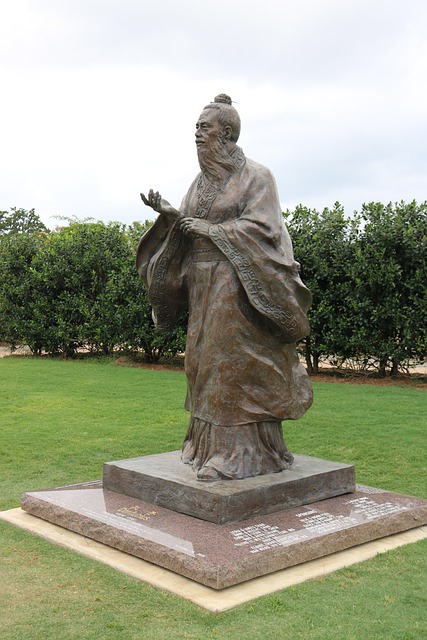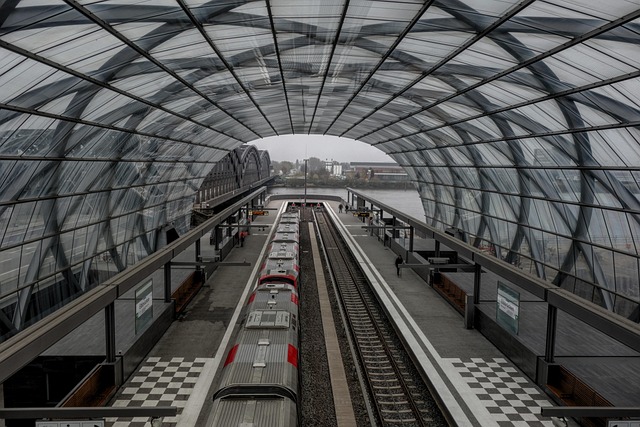Mixed-use development is revolutionizing real estate by seamlessly blending residential, commercial, and retail spaces in urban areas. This approach boosts property values, fosters vibrant communities, increases footfall, reduces car reliance, and attracts diverse demographics. Successful implementations, like Downtown Seattle's revitalization, transform districts into bustling hubs, enhancing accessibility, local economies, and quality of life for residents and visitors.
In today’s dynamic urban landscape, fostering mixed-use development is key to creating vibrant, livelier districts. This article explores the transformative power of integrating residential, commercial, and recreational spaces through real estate strategies that benefit local communities. We provide a comprehensive guide, backed by insightful case studies, demonstrating how mixed-use can revolutionize urban areas, enhancing quality of life and economic vitality. Discover how these innovative approaches are reshaping cities worldwide.
Understanding Mixed-Use Development: The Concept and Benefits for Real Estate

Mixed-use development is a powerful concept transforming real estate landscapes, especially in urban areas. It involves seamlessly integrating residential, commercial, and sometimes even retail spaces within a single structure or district. This innovative approach to real estate goes beyond traditional zoning by encouraging a vibrant mix of activities under one roof or within close proximity.
The benefits for the industry are significant. By fostering mixed-use districts, communities can create more livelier neighborhoods. It promotes walkability and reduces the reliance on cars, contributing to environmental sustainability. Moreover, it caters to diverse consumer needs, as people can live, work, and enjoy leisure activities in one area, enhancing urban quality of life. This strategy also streamlines development processes, increases property values, and attracts a broader range of residents and businesses, making it a game-changer for real estate investors and urban planners alike.
Strategies to Implement Mixed-Use in Urban Districts: A Step-by-Step Guide

Implementing mixed-use strategies in urban districts is a powerful approach to enhancing real estate value and creating vibrant communities. The first step involves identifying suitable locations with high potential, considering factors like accessibility, proximity to public transport, and existing land use patterns. Developers can then collaborate with local stakeholders, including residents, businesses, and government bodies, to understand community needs and preferences.
Next, designing a mixed-use project requires careful planning. This includes deciding on the right blend of residential, commercial, retail, and possibly recreational spaces. Zoning regulations should be reviewed to ensure compliance, and architects can play a vital role in creating an aesthetically pleasing and functional design that integrates seamlessly with the surrounding area. A well-executed mixed-use development offers numerous benefits, such as reduced traffic congestion, increased footfall, and enhanced local economies, ultimately transforming urban districts into bustling hubs of activity.
Case Studies: Successful Mixed-Use Projects and Their Impact on Local Communities

Successful mixed-use projects have shown remarkable impacts on local communities, transforming urban landscapes into vibrant hubs of activity. One notable example is the Revitalization of Downtown Seattle, where a mix of residential, commercial, and retail spaces has led to a 24/7 district that fosters community engagement. This project emphasized accessibility, integrating public transportation with walkable streets, encouraging foot traffic and reducing car dependency. The result? A surge in local businesses, increased property values, and a stronger sense of community among residents.
Another inspiring case is the High Line in New York City, an elevated park built on a former freight rail line. This innovative mixed-use space combines green infrastructure with residential and commercial buildings below, creating a unique urban oasis. The High Line has become a gathering place for artists, locals, and tourists alike, stimulating local creativity and economic growth. These real estate developments showcase the potential of mixed-use strategies to create livelier districts that cater to diverse needs, enhancing the overall quality of life for residents and visitors.






